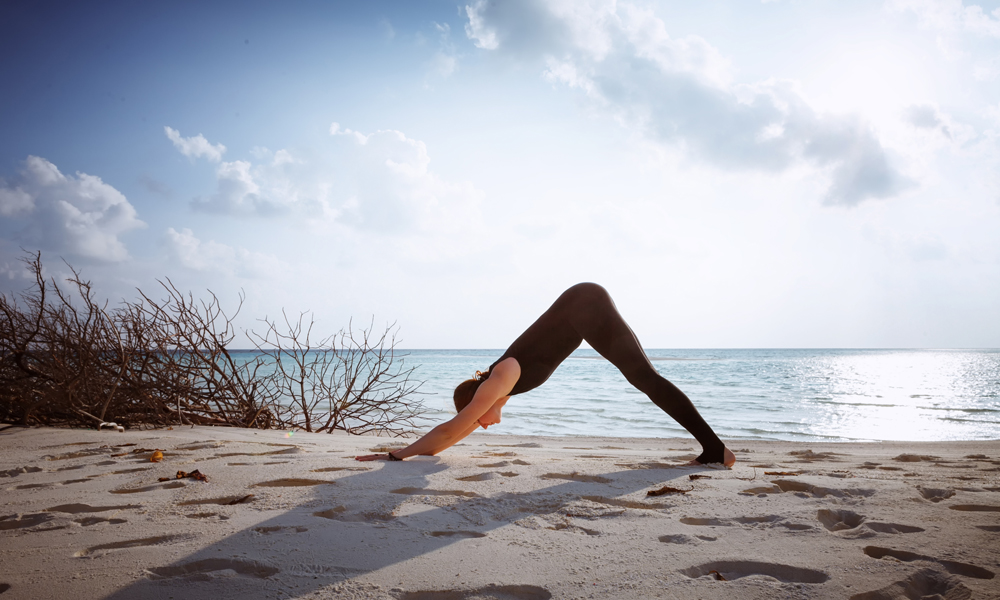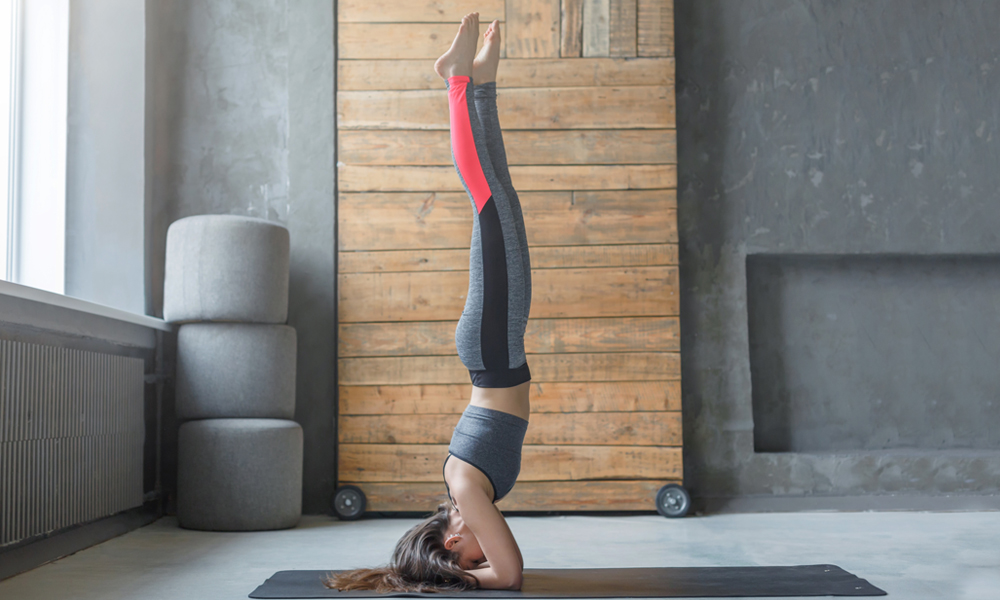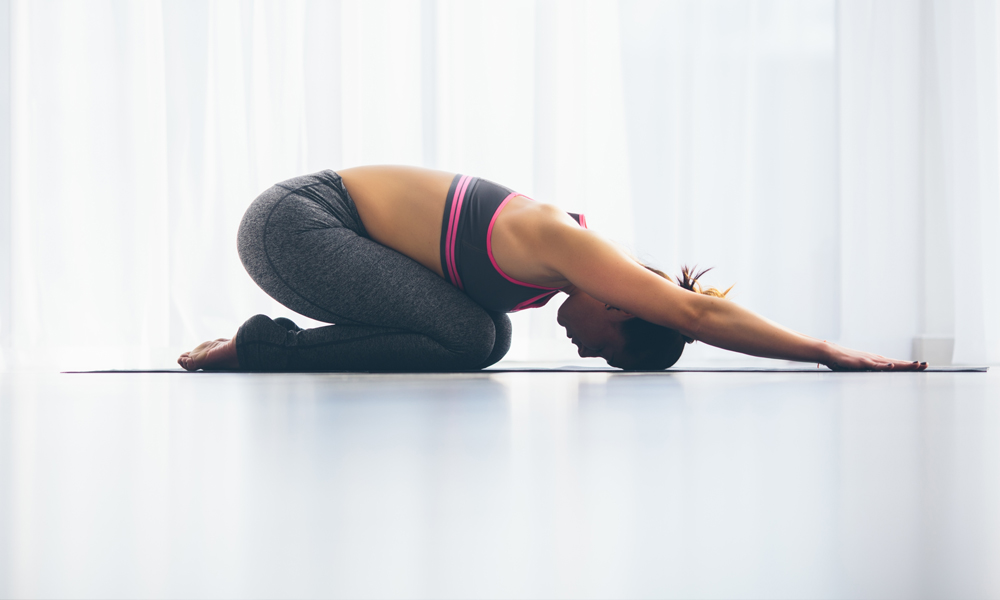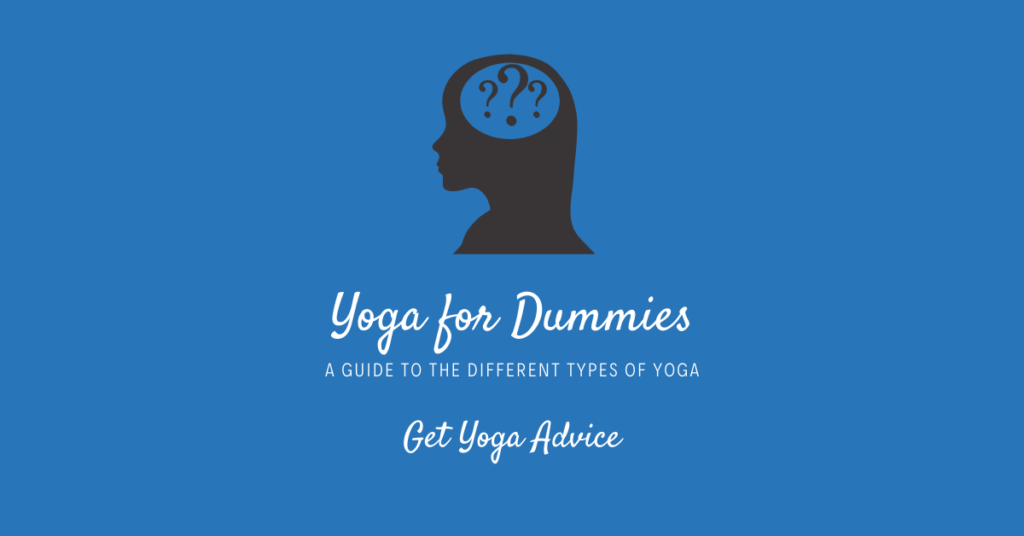Yoga was developed in India thousands of years ago. Research suggests that it may go back as far as 3000 BC, but that the yoga philosophy didn’t fully develop until between 500 and 200 BC. Yoga was initially passed on from teacher to student and eventually spread around the world when yoga gurus introduced it to the West.
Because of its long history and vast popularity, many different forms of yoga have developed. Different gurus developed different techniques and, while some of the oldest types of yoga are still practiced, many modern forms have also emerged. In fact, yoga is often described as a tree with many branches, each with its own techniques but rooted in the same idea.
Contents
Branches of Yoga
There are six branches of yoga in the yoga sutra, each practiced with a different goal in mind.
Bhakti yoga is a more spiritual form of yoga. It’s an easy practice to master, and the goal is to teach acceptance, tolerance, and learn to channel emotions.
Hatha yoga might be the type that most people are familiar with. This branch focuses on physical and mental connection and uniting the mind and body. It’s a good choice for focusing on your overall fitness and has many health benefits.
Jnana yoga is the path of wisdom. It’s one of the oldest forms of yoga and believed to be the most difficult one to master. Jnana yoga is hard to understand and requires a lot of types of mental practice, including meditation, contemplation, and self-inquiry.
Karma yoga is based in one of the three pillars of Hinduism and is sometimes known as the yoga of action. Karma yoga’s goal is to create a positive and selfless future based on service.
Raja yoga is aimed at mediation. It features a strict adherence to the eight limbs of yoga, a series of highly disciplined steps meant to guide you to a meaningful and purposeful life.
Tantra yoga aims to balance human instincts to achieve enlightenment. It uses rituals as well as asanas, meditations, mantras, and breathing exercises to understand the constant give and take between opposing forces of the universe.
Different Types of Yoga

Source: canva.com
Yoga is constantly evolving and, since it came to the west, it’s been modernised and tailored to meet different needs. Today, there are dozens of types of yoga so finding one that’s right for you shouldn’t be too hard. Let’s take a closer look at some of the most popular types of yoga that every beginner should know.
Ashtanga Yoga
Ashtanga is an advanced style of yoga and only a few people in the world are believed to be able to perform the most challenging poses. While this style of yoga is not for beginners, it’s definitely worth learning about if you have an interest in yoga. Ashtanga is based on six strict sets of poses, each building on one another. Those who have mastered it often follow the same routine and practice up to three hours every day. Ashtanga has a lot of mental and physical benefits, but it takes a lot of time and focus to get it right. Power yoga is an off-shoot of Ashtanga that is much more beginner-friendly.
Bikram Yoga
This style of yoga is often called hot yoga and is very intense. Classes are held in hot, humid rooms with temperatures greater than 105 degrees. Each session consists of 26 poses that are always done in the same order. It burns a lot of calories in a short period of time, but is particularly challenging because you sweat a lot when doing it, losing fluid and electrolytes. Staying hydrated before, during, and after hot yoga is important, and you have to pay close attention to your body so you don’t push yourself too hard.
Hatha Yoga
Hatha is a traditional yoga practice that goes back thousands of years. Hatha uses static poses that help increase flexibility, stabilize the joints, align the spine, and strengthen and tone muscles. Poses are held for about five breaths and each is slow and controlled. A typical pose in Hatha yoga is the warrior pose, which focuses on the details of the small muscles in your body, from the rotation of your shoulder blades to feeling the power and balance in your legs. Hatha is a good choice for beginners because it encourages you to keep learning and focus on your body instead of worrying about advancing.
Iyengar Yoga

Source: canva.com
This type of yoga was developed in the 1970s by a man named B.K.S. Iyengar. It focuses heavily on anatomy and alignment and each pose has physical and emotional benefits. If you attend an Iyengar yoga class, expect poses that incorporate hanging from ropes or using folding chairs and folded blankets to play with gravity. People tend to either love or hate this unique yoga style but if you decide to try it, approach it with an open mind. You don’t burn a lot of calories doing Iyengar yoga postures, but it challenges the mind as you learn more about the mechanics of your body and how to use gravity to enhance various poses.
Jivamukti Yoga
This rigorous style is a nice blend of the physical and spiritual sides of yoga. It focuses on physical, spiritual, and ethical growth and builds strength and flexibility. Jivamukti yogis believe that by taking care of your body, you give your mind and spirit a better home and can live a life in service of others.
Kundalini Yoga
Kundaliniyoga can be traced back to India and involves a wide range of overall lifestyle changes and regiments, including meditating before sunrise, taking cold showers, and growing long hair. Yogis who practice Kundalini yoga also follow a strict vegetarian diet and practice mantras, meditation, movements, and breathing to build their energy field. One of the key poses in Kundalini is cat-cow pose, done for three minutes with intense breathing through the nose. A lot of westerners don’t understand the spiritual and cultural influences behind Kundalini yoga, but the benefits speak for themselves. This type of yoga leads to increased energy and confidence and helps align the body and soul for a life of service and creativity.
Prenatal Yoga
For pregnant women in their second trimester, prenatal yoga is a great way to strengthen the pelvic muscles to prepare for labor while maintaining the safety of the unborn child. Some yoga poses are adapted so they’re safe for pregnancy, while others are avoided entirely. Prenatal yoga classes are pretty common, but make sure your yoga teacher is well qualified and check with your doctor before starting. There are also postnatal yoga classes available to recover after the baby is born.
Restorative Yoga

Source: canva.com
While Restorative yoga often gets lumped in with Yin yoga, they are two different approaches. In Restorative yoga, you do as much as possible to create a calm, soothing environment. Lights are kept dim, calming music plays, and the instructor uses a soft, gentle tone. Child’s pose is a common asana, propping the chest up with pillows and allowing gravity to naturally open the joints and stretch the body. Corpse pose is another of the restorative postures. This type of yoga is deep and slow, good for those with chronic pain or who may not be physically up to more intense variations, and serves as a bit of yoga therapy.
Vinyasa Yoga
The defining characteristic of Vinyasa yoga is uniting breathing and movement. This type of yoga has old roots and is more aerobic than a lot of other forms. Classes move at a fast pace, starting slowly to warm up the body and progressing to a peak pose before tapering back off and ending with a focus on relaxation. Sun salutation is a common part of most Vinyasa yoga classes, and it’s worth learning more about beforehand because it’s a long and integral sequence. Vinyasa yoga is a great stress reliever and can help you tone, build muscle, improve flexibility, and lose weight.
Yin Yoga
This is a newer form of yoga, created in the 1970s. It’s a great stress reliever and has become more and more popular over the years. Yin Yoga involves slow, gentle movements held for three to five minutes, sometimes even longer. It uses deep breathing and other relaxation techniques to improve anxiety and insomnia and can help stretch and soothe sore muscles and can even ease chronic lower back pain.
Final Word on Yoga for Dummies
Most beginners to the yoga community don’t understand how many types of yoga there are and how different each is from the next. Some focus more on giving you a physical workout while others are aimed at uniting the body and the mind. There are also partner yoga and couples yoga classes to explore.
When you’re devoted to practicing yoga, most people recommend you do a session every day. Doing your yoga research makes it easier to switch your yoga routine from one session to the next. Try something a little more intense like hot yoga one day, then slow it down with yin yoga the next.
Because yoga has such a long history and is popular all over the world, there are a lot of variations, some tailored to the needs of specific populations, others developed by gurus who took the ancient practice and made it their own. When you decide to practice yoga, spend some time exploring all your options. When you find the one that speaks to you, grab your yoga mat and head for a class to get the most fruitful yoga practice.



